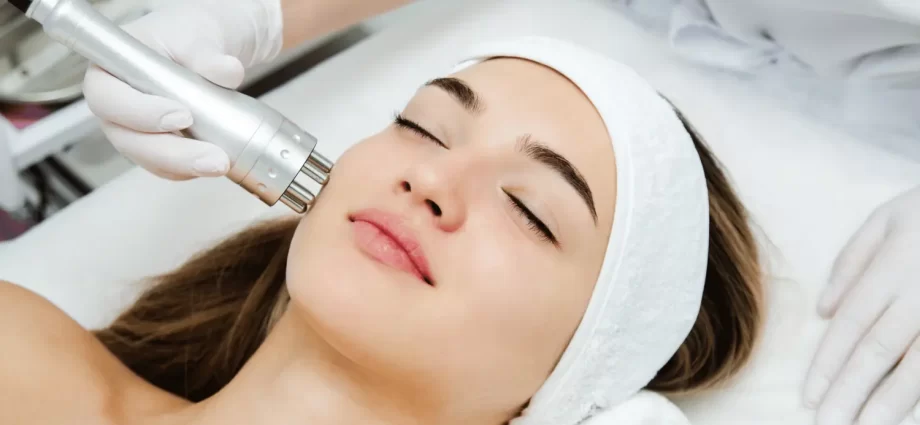Acne scars are a common concern for many, reflecting past outbreaks and often affecting self-esteem. Fortunately, advances in dermatology have led to various effective non-surgical options for acne scar treatment. This comprehensive guide explores the top methods available today for acne scar removal treatment, ensuring you can make informed decisions to achieve smoother, clearer skin.
Topical Retinoids: Smoothing Out Scars at the Surface
Topical retinoids have become a cornerstone in acne scar treatment due to their ability to accelerate cell turnover and diminish the visibility of scars. These powerful agents promote the rebuilding of skin tissue, gradually smoothing out the scar’s appearance. Regular application under professional guidance can lead to significant improvements, especially for newer or lighter scars.
Chemical Peels: Revealing Renewed Skin
Chemical peels are a highly effective method for reducing acne scars. This acne scar removal treatment involves applying a chemical solution that causes the old, scarred skin to peel off, revealing fresher, unblemished skin underneath. Depending on the scar’s depth and severity, dermatologists can choose from various strengths, from mild peels for surface scars to deep peels that target more pronounced imperfections.
Microdermabrasion: Polishing Away Imperfections
Microdermabrasion is a non-invasive acne scar treatment that uses micro-particles to exfoliate or polish away the top layer of dead skin. This technique not only helps reduce the appearance of superficial scars but also encourages collagen production, improving skin elasticity and texture. It’s particularly suitable for patients looking to enhance their skin’s appearance without downtime.
Laser Therapy: Precision in Scar Correction
Laser therapy stands out as a transformative acne scar removal treatment. By delivering concentrated light pulses to the scarred area, it encourages regeneration of skin cells while reducing redness and depth of scars. There are various types of lasers available, each suited to different scar types and skin colors, ensuring a tailored treatment that offers optimal results.
Microneedling: Stimulating Skin Repair
Microneedling is a revolutionary procedure that involves using fine needles to create tiny punctures in the top layer of the skin, which in turn triggers the body’s healing processes. This acne scar treatment boosts collagen production, essential for repairing acne scars and rejuvenating the overall skin texture. Microneedling is especially effective for rolling and boxcar scars, offering noticeable improvements without the need for harsher techniques.
Dermal Fillers: Instant Volume and Smoothness
For atrophic scars, such as ice pick or boxcar types, dermal fillers provide a quick and effective solution. These fillers are injected directly into the scar, instantly adding volume and smoothing out indented scars. While not a permanent acne scar removal treatment, fillers can last for several months to years, depending on the product used, making them an excellent option for immediate improvement in the skin’s appearance.
LED Light Therapy: Gentle Healing from Within
LED light therapy utilizes varying wavelengths of light to target different skin issues, including acne scars. Red LED light, for instance, can reduce inflammation and promote healing, whereas blue light can target the acne bacteria that contribute to scar formation. This acne scar treatment is painless and can be used as part of a comprehensive approach to managing scars, suitable even for sensitive skin.
Conclusion: Your Path to Scar-Free Skin
Choosing the right acne scar treatment depends on several factors, including the type of scars and your overall skin health. It’s important to consult with a dermatologist who can recommend the most suitable options based on your specific needs. With the advancements in non-surgical treatments, achieving clear, rejuvenated skin is more accessible than ever. Embrace these technologies and say goodbye to acne scars, welcoming smoother, more confident skin.

